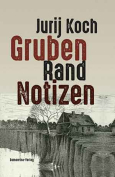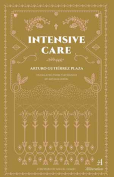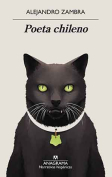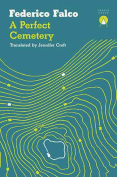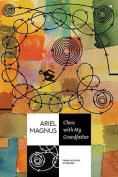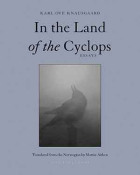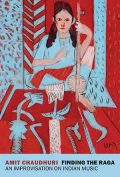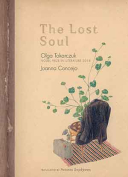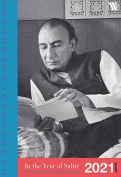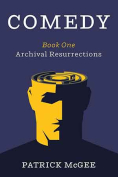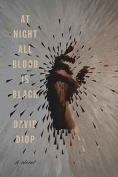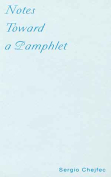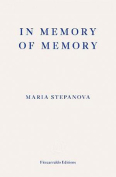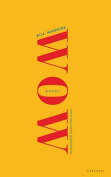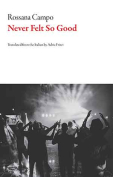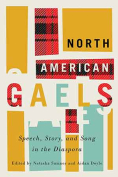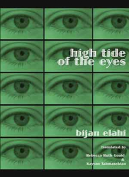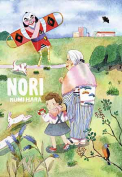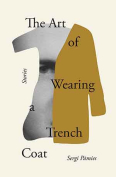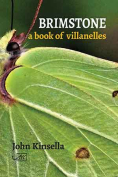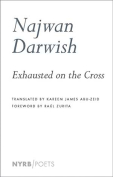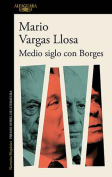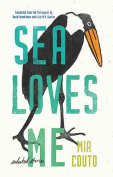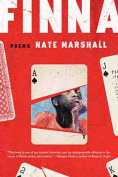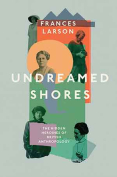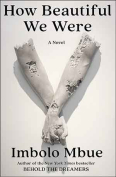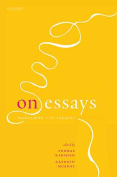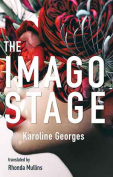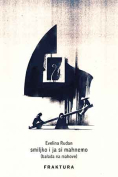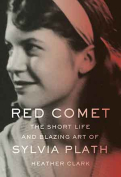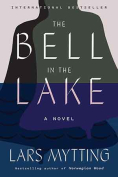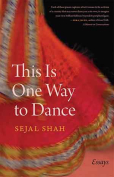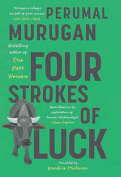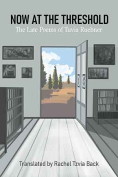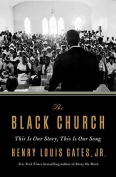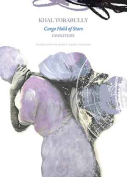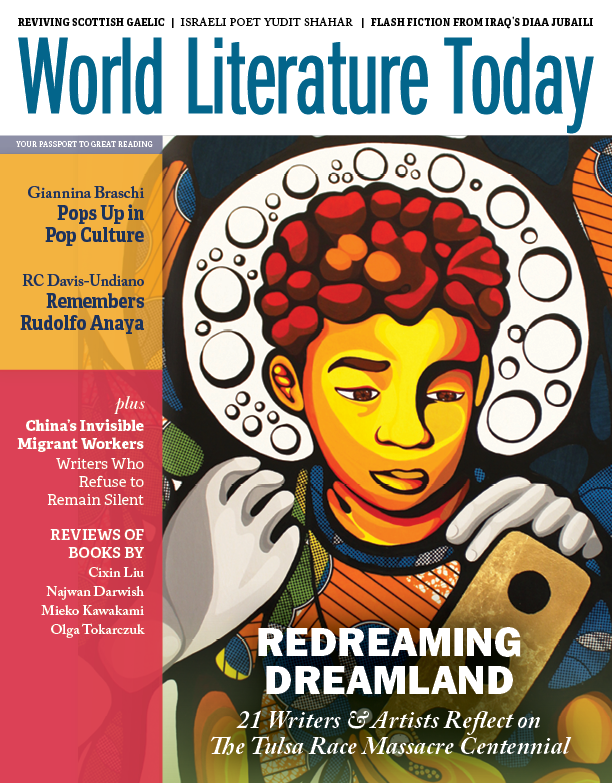Gruben-Rand-Notizen by Jurij Koch
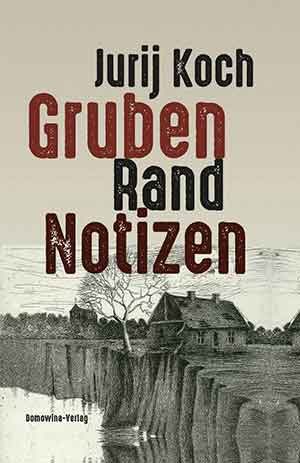
Bautzen, Germany. Domowina-Verlag. 2020. 191 pages.
IN 2003, THE VILLAGE CHURCH in Horno/Rogow, Germany, was “beheaded.” The steeple of its church was cut off, emptied of its various time capsules, and transported to a relocated “replacement” village. Within two years, the church itself had been blown up, its cemetery moved away, and the final inhabitants of the village driven out. These were the final phases of the life of a Sorbian village in Brandenburg that had been condemned to death by judicial and legislative organs of government so that a massive coal producer, LAUBAG, could expand its strip-mining operations for lignite. In the past century, 123 villages and urban districts have been destroyed in Lusatia, the traditional home of the Sorbian nationality. Over thirty thousand people have been forced to relocate, involving extensive cultural (especially linguistic and architectural) damage to minority communities.
In his third volume of memoirs, Jurij Koch strikes a markedly different tone. Here he covers the decade after 1996, and although the substantial volume does include a mix of notes on the contemporary Sorbian (or Wendish) cultural scene, family details, insights into the changing media landscape, European travels (especially to Russia and to the North Sea island of Helgoland), and the author’s lively personal reading list, writing process, and outreach, it is environmental activism that ties the months and years together. Koch details the legal attempts of the Horno residents to fight off destruction; he chronicles the parade of politicians and international activists who traipse through the region, sandwiched between the city of Cottbus and the Polish border; he participates in town halls and conferences with industry leaders; and he organizes an open-letter campaign with a large number of famous writers.
Fans of Koch’s brilliant earlier volumes of memoirs will also find some familiar themes. With characteristic integrity and directness, Koch discusses in detail his interactions with the Stasi and the party bureaucracy from the 1960s on, his views on the writing of contemporaries from the GDR such as Erwin Strittmatter and Jurij Brĕzan, and debates about the nature and future of the Sorbian ethnos. There are also selections from some of Koch’s hard-to-find environmental speeches and essays as well as commentary on world political events from the war over Kosovo and the anxieties over Y2K to the 9/11 attacks and fighting in the West Bank. Koch raises many interesting points about the referendum on a possible merger of the German states of Berlin and Brandenburg, and he includes excerpts of his powerful unpublished novel Die Flut (The flood), which also has been performed as a play.
Koch has done more here than assemble a diary of grassroots political engagement. He also, subtly but memorably, asks a list of hard questions about the economic and political realities we are encouraged to accept as “givens.” His tone is not fiery, and his politics are not programmatic, but it is easy to see his concerns evolving from ethnicity and ecology to an encounter with the hypocrisy he sees in a reunified Germany managed by political and economic elites.
Two final paradoxes lodge in the reader’s mind as this very worthy read draws to a close. The first twist is Koch’s warning that we not fall prey to a kind of detailed, glossy, digitized documentation fantasy. Recording things for posterity, and remembering them for a time, is now possible, but civil courage and pride in resistance are what we should seek. The second irony is that even as other rapacious coal operations in the vicinity of Cottbus and around Germany continue, the desired material underneath Horno was primarily a special type of clay for land reclamation projects in—you guessed it—open-pit lignite mines.
John K. Cox
North Dakota State University
